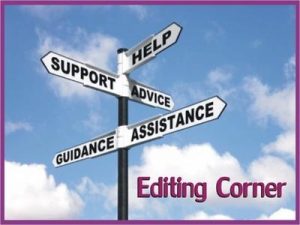by Ashley Lister
When writers discuss writing, most are happy to talk about character and point of view. Narrative tension and description are always good for an interesting debate. And the pros and cons of authenticity in dialogue always makes for stimulating conversation. But the subject of plot seems to have a polarising effect on writers. Plot, it’s fair to say, can be considered a four-letter word.
I’m aware that some writers define themselves as plotters, and others as pantsers, but I think the truth for all of us is that we live somewhere in the middle of those two extremes. Some stories demand to be written without a moment’s consideration for structure. Other stories, regardless of how strongly a writer identifies as a pantser, need to be constructed with some acknowledgement of structure.
I’ll admit to having written stories after considering structure, but I’ve also written stories without giving structure a second thought. More importantly, I’ve gone back to stories that didn’t seem to work on the first draft, and I’ve been able to save them from the recycle bin with the application of some plotting principles. This month I want to talk about Aristotle.
Aristotle said every story has a beginning, a middle and an end. I’m paraphrasing but this is how most people interpret his wisdom. And this really is wisdom. The beginning is where all the stuff goes that needs to be in the beginning. This is where we meet all the important characters. This is where we discover what’s at stake in the story, where the story is set, and who we are going to follow. If it’s important to your story, it needs to be introduced in the beginning.
The end is where everything is tied up. Or not. However you want to conclude your story, however you have to conclude your story, this is where the happy ever after begins, or the monster is defeated, or the villain begins to atone for his sins. These things can’t go in the middle or at the beginning. They have to go at the end.
Which means the middle is where all the fun stuff should go. If you’re writing an erotic story, this is where your characters get to bang like New Year fireworks. If you’re writing a horror story, this is where the blood, guts, gore and scares all make their appearance. This is the part that takes your reader on the exciting journey from the beginning to the end.
All of which looks fairly straightforward. I can imagine you’re sitting in front of your computer now thinking, “Thanks for telling me stories have a beginning, middle and end, Ashley. I hadn’t already worked that out.”
But this is a truth that we often overlook and, when we’re tidying up stories, it’s worth considering the structure to see if we’ve adhered to this simple principle. Are you bringing in characters later in the story who are vital to the plot? Is this fair on your reader? Is this upsetting the balance of the story? Does your conclusion happen too early?
As I said earlier, I’m not trying to get people to be plotters if they want to write as pantsers. I’m just trying to make sure everyone knows about the way a little consideration of plot can sometimes help us all to improve the stories we produce.








